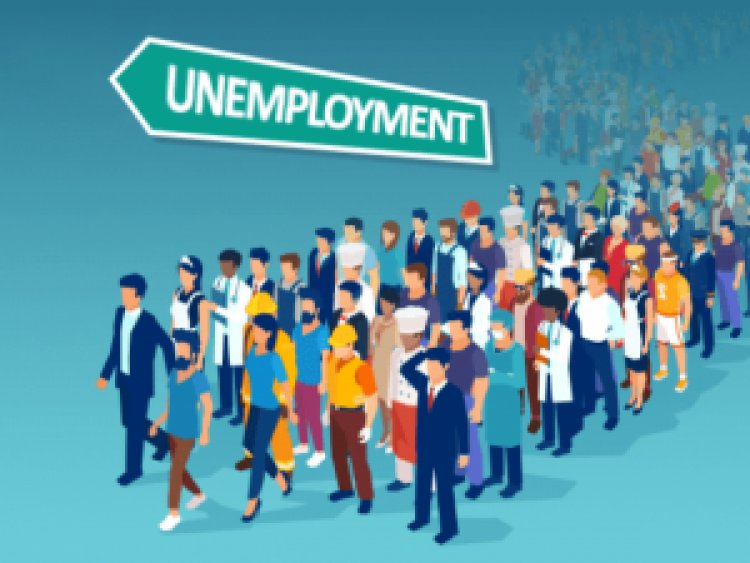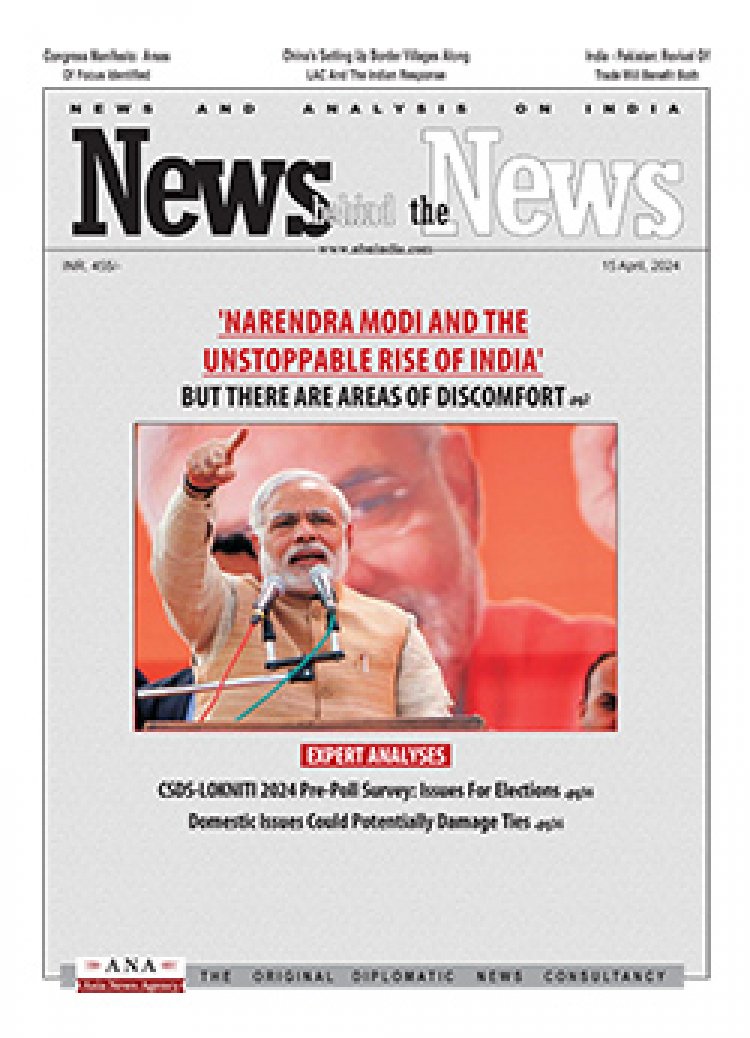A Serious Unemployment Crisis
STORIES, ANALYSES, EXPERT VIEWS

India is facing a serious unemployment crisis. In 2017-18, NSO reported that unemployment reached a 45-year high, and youth unemployment tripled between 2011-12 and 2017-18 to over 18%. Thereafter, poor management resulted in economic growth slowing up to March 2020 — compounded by the pandemic and its economic aftermath
Covid-19 worsened what was already a joblessness crisis in early 2020. In 2017-18 the National Statistical Office (NSO) reported that unemployment reached a 45-year high, and youth unemployment tripled between 2011-12 and 2017-18 to over 18%. Thereafter, poor management resulted in economic growth slowing up to March 2020 — compounded by the pandemic and its economic aftermath.
What the new data reveals, writes Santosh Mehrotra (visiting professor, Centre for Development, University of Bath, UK) “is that the situation remains grim. At first sight, the slight rise over the three years from 2017-18 in the labour force participation rate (LFPR) and workforce participation rates (WPR) (which are measured as a share of those of working age — 15 years and over) may be seen as a positive development.
“However, India’s LFPR at 40.9% (2019-20, a rise from 38.1% two years earlier) is miles short of the world average of 60.8% in 2019 (which fell to 58.6% in 2020). But a rise in WPR and LFPR at a time when India’s economy was slowing over 2017-18 to 2019-20, needs to be explained.
“In a slowing economy, incomes are not rising, and distress is increasing. When it comes on top of pre-existing falling trends in employment and wages, the pressure on household resources becomes overbearing.
“What we have seen in 2019-20 is that while male LFPR and WPR have remained roughly the same, it is females who are searching for, even finding, work. There is little change in male LFPR or WPR over these three years.”
Finally, concludes Mehrotra “if anyone still thinks that the fall in the unemployment rate between 2018-19 to 2019-20 from 5.8% to 4.8% is a positive development, think again. By the current weekly status, which is close to the international standard for measuring unemployment, there is no improvement in the unemployment rate between 2017-18 (8.9%) to 2018-19 (8.8%) to 2019-20 (8.8%). These rates remain the worst in the last 48 years since measurement began.”
















